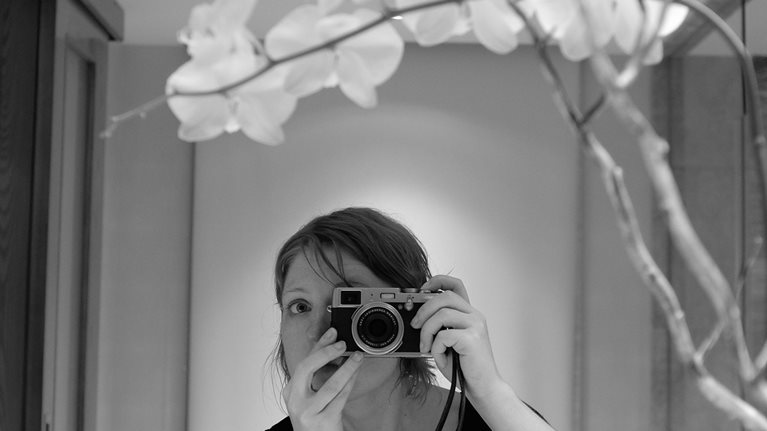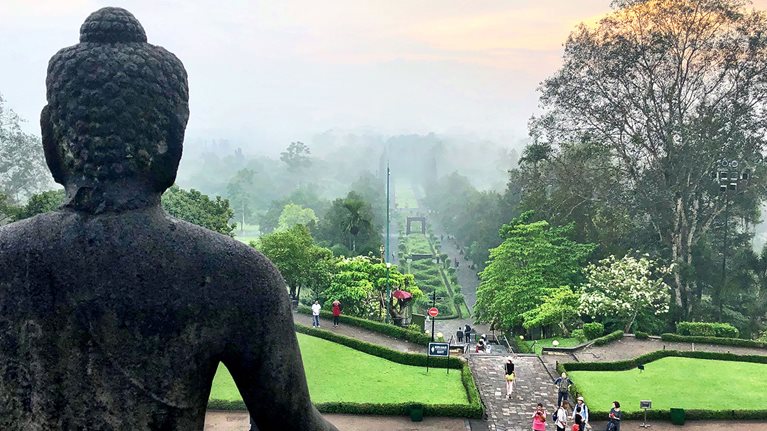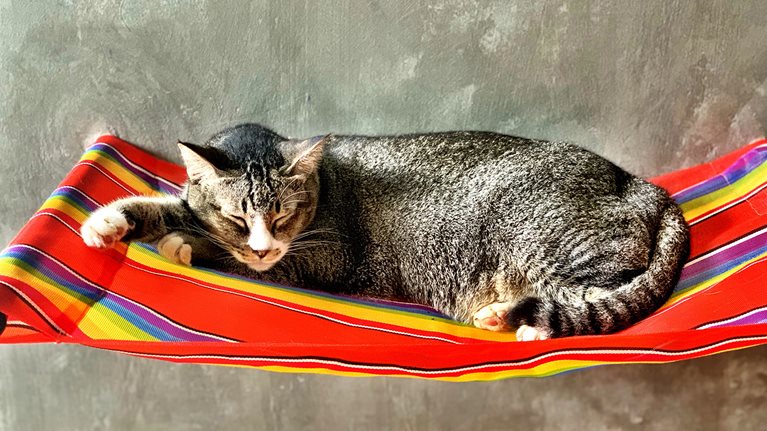Before I came to McKinsey, I had done just about every other design-related role. I worked in a boutique consulting firm and on innovation teams, managed design teams, lectured at a university, and freelanced. Management consulting was the last frontier.
At McKinsey, I’m a strategic service designer. I work primarily with public, health, and social sector clients to help them better serve vulnerable communities. The heart of what I do is counsel clients on how to be human-centric in how they work and design their systems, services, and organizations.
Designing a state-of-the-art hospital around patient needs
One of my favorite projects was for a new hospital in Southeast Asia. My team stepped in as the organization was drawing up the architectural designs.
We designed the patient experience from the moment a person had symptoms to the moment the person was well again, and beyond to how they maintain their health.

We spent three months working with patients, healthcare professionals, clinicians, and hospital leaders to design the experience. Our goals were to understand what patients needed and design how the hospital would deliver those things, including the technology, operations, and work-flow requirements, staff capabilities and the built environment.
Defining the patient experience

We wanted to come at the design from different perspectives, so we used ethnographic research methods to learn about patients’ health experiences, such as those related to chronic health, terminal diseases, or injuries. We wanted to understand their needs, struggles, emotions, and motivations for going from one hospital or doctor to another.

When your health is at stake, you are vulnerable. We wanted to know what matters most to patients in those moments and let that drive our design.
We took what we learned and designed the ideal patient experience, prototyped and built different solution options, tested them with patients, and made recommendations about the environment. We evaluated and tested everything from room and lobby design to the online user experience.
I’ve worked across 16 countries doing this work, and I’ve found the underlying needs of humans are quite similar, which is a wonderful thing to learn. We’re more the same than we are different. However, each location has cultural nuances that are vital to a successful design, and that is fascinating to uncover.
The value of multi-disciplinary teams
At McKinsey, teams change for every project. I might work with different types of designers - service designers, digital product designers, and physical product designersj. We might work with digital teams of software engineers, data scientists, and product owners as well as business analysts and other experts. All of these people will focus on areas such as service operations, organizational design, automation and artificial intelligence. Design is one part of a larger integrated team. Having worked at other places, it’s often not typically done like this. These multidisciplinary teams are one of the most powerful aspects of McKinsey, and one of the reasons I joined.

Design on its own can only solve part of the problem. Our integrated teams bring diverse perspectives. We have people who bring value from a business, operational, and commercial perspective, so designers can focus on bringing more richness to the design.
Together, we can solve complex problems and implement solutions, and that is exciting.

More about Zaana
In her spare time, you’ll find Zaana walking at the beach, listening to podcasts, practicing yoga, and smiling at every animal she sees in hopes they’ll “smile” back.
For more information on McKinsey's design-related career paths, visit mckinsey.com/TechCareers.